Some clubs padel choose, still quite rarely, to set up one or more “single” or “solo” tracks, in order to diversify their offer or due to a lack of space for a classic track. These courts are generally the same length as the others, namely 20 meters. On the other hand, they are only 6 meters wide instead of 10, which allows a single player to cover the entire track.
These lands are very rare in France, so we wanted to test the one that has just been opened in Mulhouse, in the private complex Squash 3000. In the space of an hour of play, there is already enough to form an opinion on the advantages and disadvantages of playing on a small court.
■ A lower price.- Renting a single pitch for an hour costs €24 in full hours in this Mulhouse club, or €12 less than a 20 x 10 m track. For two players wishing to train and do scales or for students taking an individual lesson, this lowers the bill.
■ A good way to master the windows.- Because a right angle remains a right angle, a single pitch makes it possible to work on double panes as well as on a large pitch. An advantage: the narrowness of the track makes it possible to defend both the balls on the forehand side and those on the backhand side. It is therefore a good way to progress by learning to manage the bottom pane/side pane trajectories and the side pane/bottom pane trajectories. What changes compared to a large pitch is that the balls to be defended necessarily have less of an angle, because they come from a more central area.
Earn points without going to the net
■ Tennis between walls? We may have read or heard that the padel on small ground looks like tennis between walls. Personally, I wouldn't say that. If it is true that one can – as in tennis – play (and win) points from the baseline, it is also essential to let the ball pass to play it after the glass. And the cut effects remain much more effective than the topspin effects, unlike tennis.
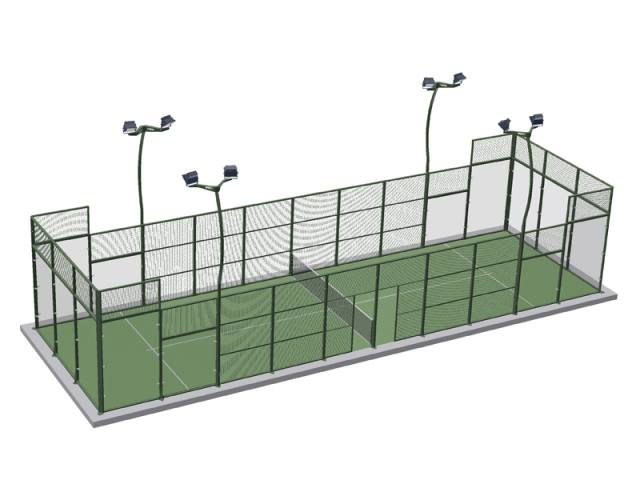
■ To step up or not to step up to the net? This is the question facing players. Following your serve systematically at the net leads to an increased risk of suffering a winning passing shot. The volleyball player must indeed cover a width of 6 m (instead of 5 m in doubles) and he cannot count on his partner to close the angles. If you go to the net on a single court, you will therefore have to rely on a good serve, be quick, ready to spring from one side or the other and do not forget to make a recovery of support. The latter is essential to be in balance when hitting your first volley: this is true with 4 players and even more so with 2!
Conversely, on this single court, the server may very well choose not to go to the net immediately and wait for a more favorable ball to do so. But it's taking the risk of letting the receiver conquer the net before you. The bonus to the server being less, the two-player game therefore favors a large number of breaks...
A game where it is better to limit the risks
■ Does the risk pay off? It's tempting to think that hitting hard on a small pitch pays off. This is a misconception. With the sidewalls being much closer than on a large pitch, any off-center ball and rough placement could lead to a foul. Clearly, the attacker has a much lower margin of error than on a large pitch. Conversely, the more likely a ball is to hit one or more walls, the more the defender will be able to catch it.
A single court therefore promotes a more wait-and-see game and encourages risk limitation. With all due respect to powerful tennis players practicing a “padel percentage”, the solo game pushes to play the Spanish and therefore to tend towards “zero fault”. A good habit to get into before returning to a court for four…
■ Question of scales.- If a land of padel of 20 x 10 m seems tiny when you come from a tennis court, it seems giant after testing a court of 20 x 6 m. To adapt to the latter is to take the risk of being completely lost – at least temporarily – by returning to the game of four. Added to this loss of bearings, there is a different management of angles depending on whether you are playing on a width of 6 or 10 m.
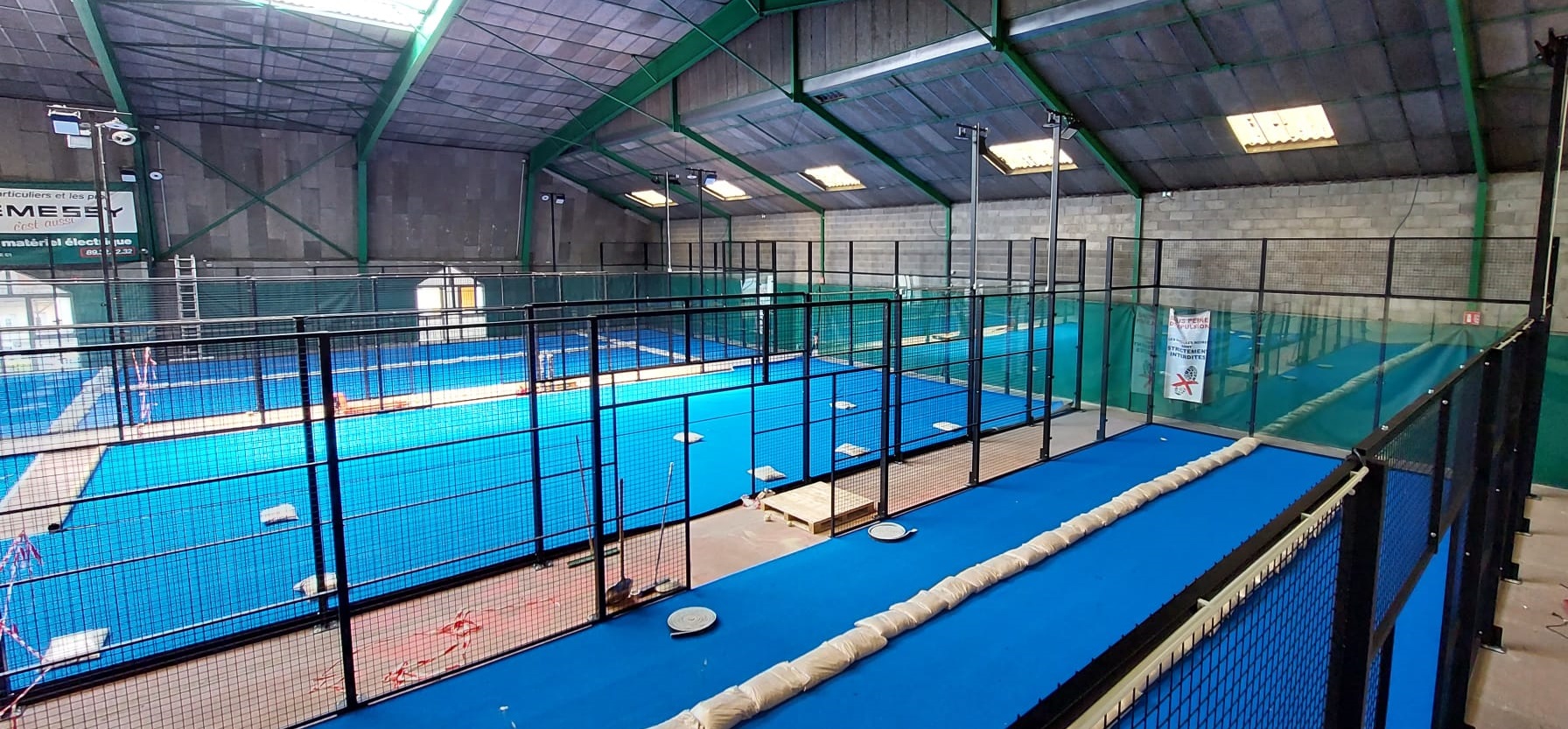
■ A higher pleasure? The answer to this question is obviously subjective. In just one hour of play, it is difficult to take as much pleasure as on a classic track whose geometry is much better controlled. But once the benchmarks have been acquired, the padel two has something to seduce. The strategy is different there, there is no risk of bickering with your partner and the physical effort is greater than with four.
But it's also the case when playing on a large field diagonally, an excellent exercise which has the advantage of not causing any loss of bearings. It's up to you to test and let us know your opinion on the matter by commenting on this article.
After 40 years of tennis, Jérôme falls into the pot of padel in 2018. Since then, he thinks about it every morning while shaving… but never shaves pala in hand! Journalist in Alsace, he has no other ambition than to share his passion with you, whether you speak French, Italian, Spanish or English.




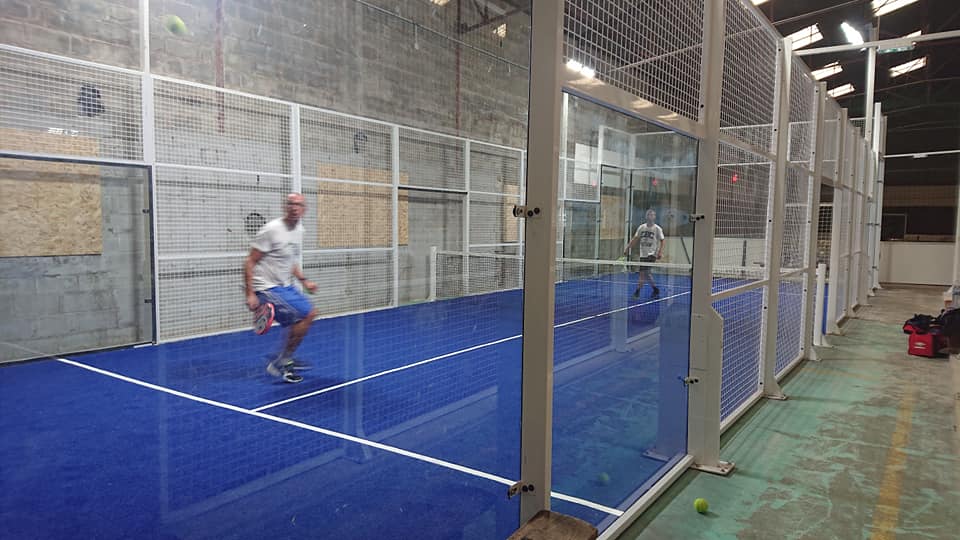
































































































 Premier Padel Brussels P2 – The break obviously did Sanchez / Josemaria good!
Premier Padel Brussels P2 – The break obviously did Sanchez / Josemaria good!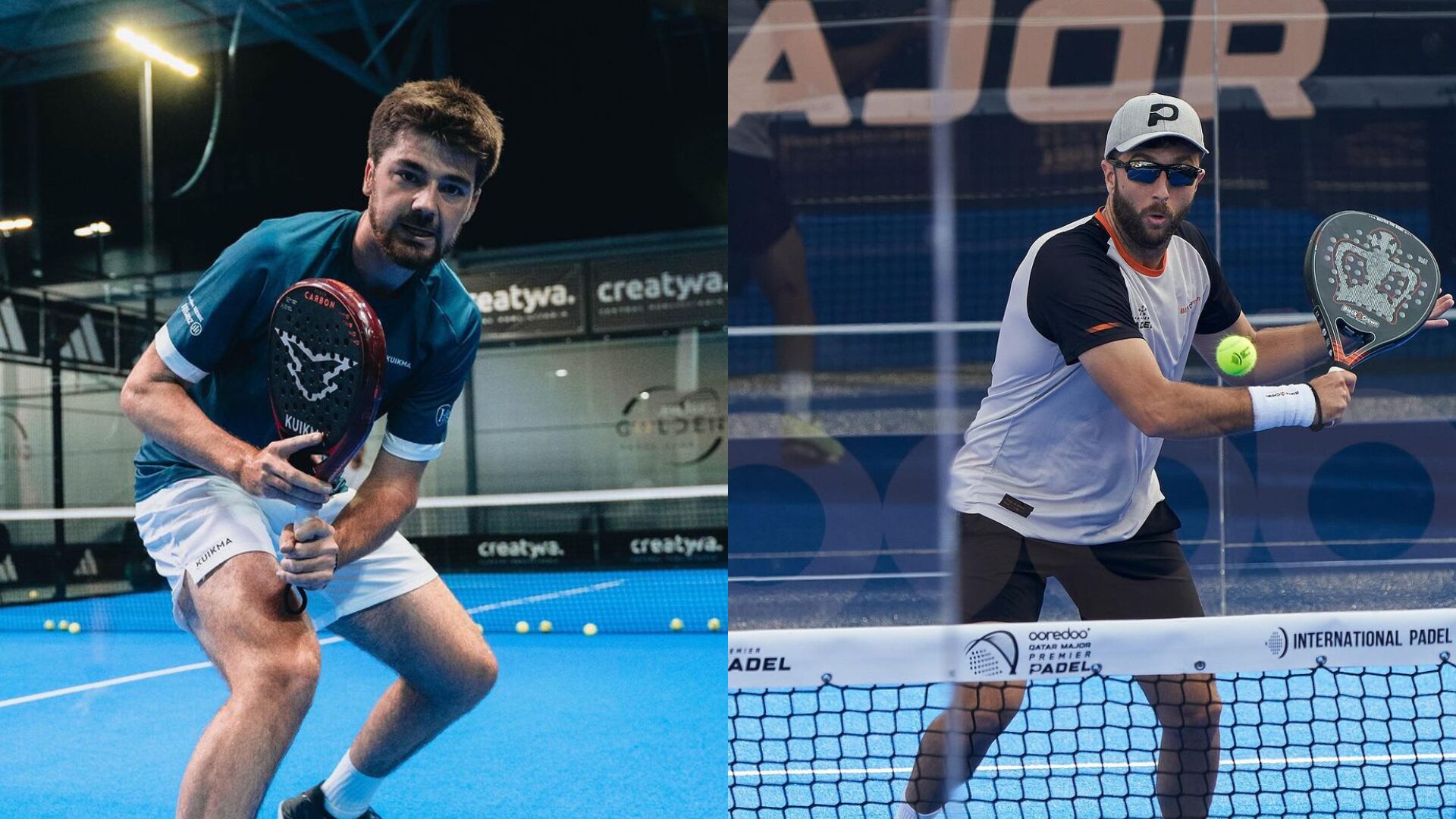 Premier Padel Sevilla P2 – From the waiting list to previas for Dylan Guichard and Ricardo Martinez!
Premier Padel Sevilla P2 – From the waiting list to previas for Dylan Guichard and Ricardo Martinez!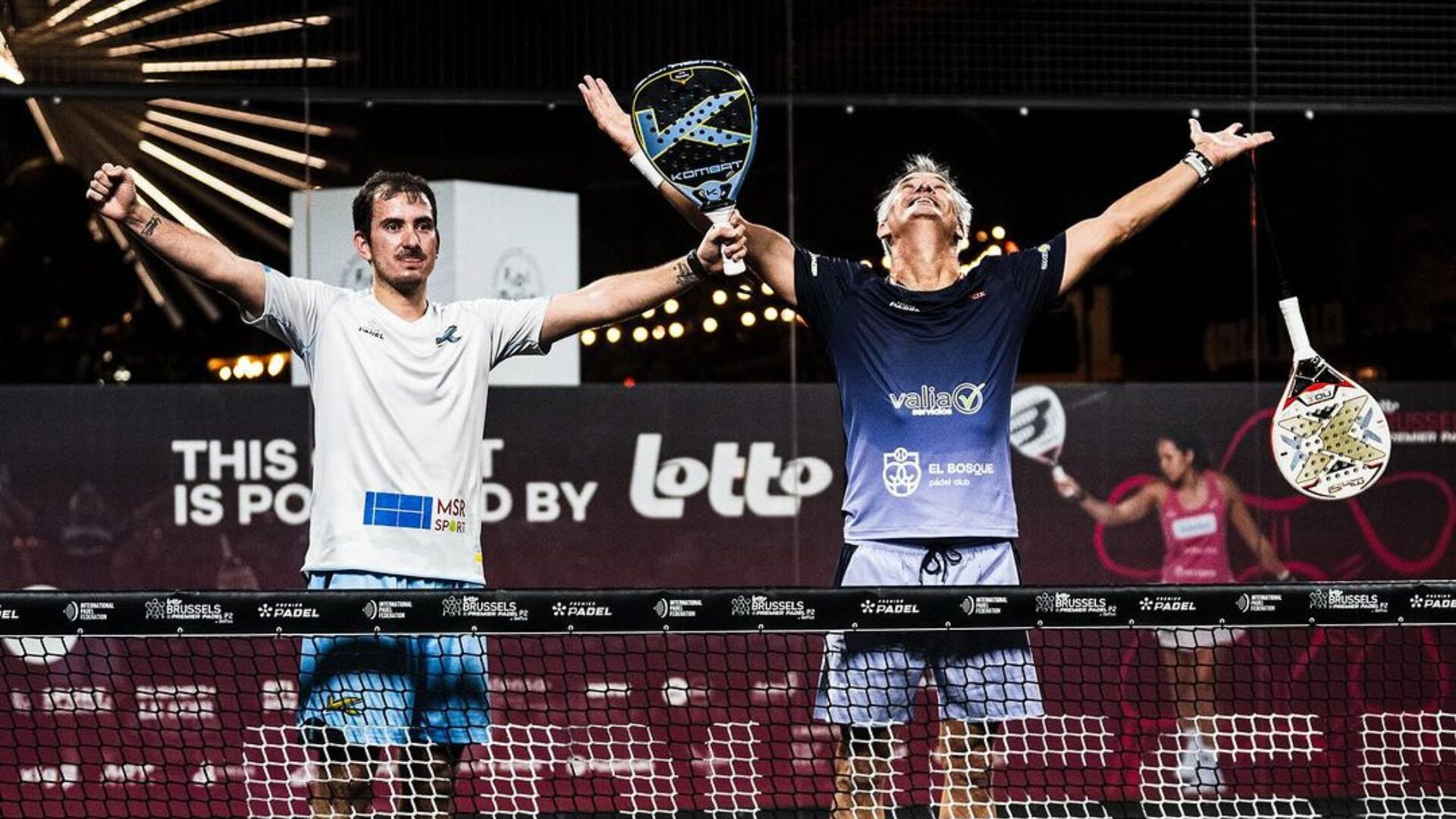 Miguel Lamperti: three tie-breaks and a return to the quarter-finals!
Miguel Lamperti: three tie-breaks and a return to the quarter-finals! Guillaume Codron de Sud Padel : “A family project”
Guillaume Codron de Sud Padel : “A family project” Nallé Grinda: “Democratize the padel in the USA with PadelX "
Nallé Grinda: “Democratize the padel in the USA with PadelX " Simon Boissé: “We know that there are two nations in front of us”
Simon Boissé: “We know that there are two nations in front of us” Marie Maligo: “This period of frequent changes of partners was beneficial for me”
Marie Maligo: “This period of frequent changes of partners was beneficial for me” Gilles Moretton: “We will be able to put the padel at the level of tennis”
Gilles Moretton: “We will be able to put the padel at the level of tennis” Two P1000 doubled prize money approaching!
Two P1000 doubled prize money approaching! José Manuel Escin at the inauguration of Casa Padel DOS: “Finally, and thank you!”
José Manuel Escin at the inauguration of Casa Padel DOS: “Finally, and thank you!”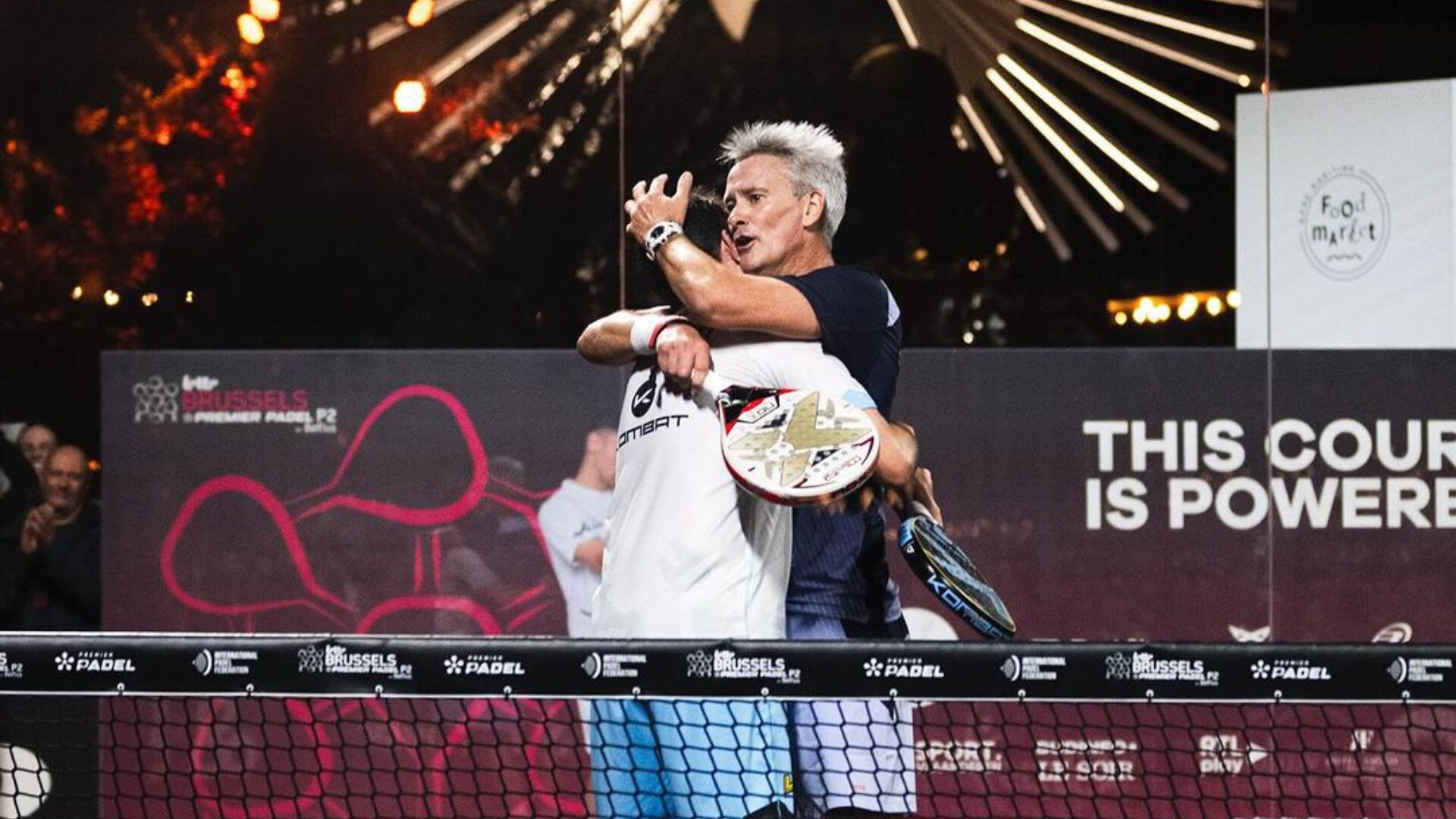 Big evening in Brussels with two seeded players on the mat, heckled number 1s…
Big evening in Brussels with two seeded players on the mat, heckled number 1s…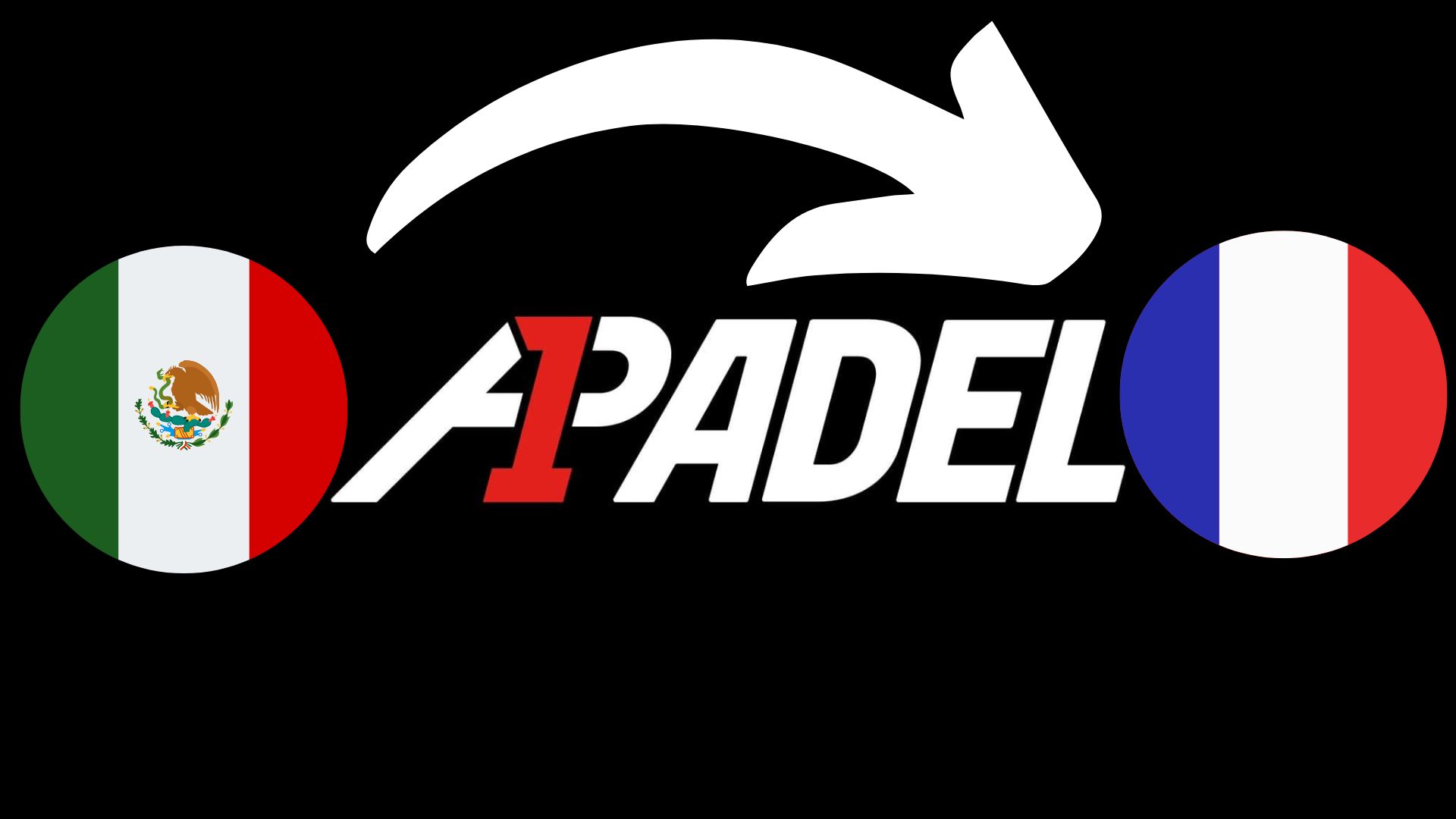 A1 Padel – the French Open replaces the Mexican Open on the calendar
A1 Padel – the French Open replaces the Mexican Open on the calendar 4 Fiberglass Padel Courts for The Ville de Paris: a choice that looks to the future
4 Fiberglass Padel Courts for The Ville de Paris: a choice that looks to the future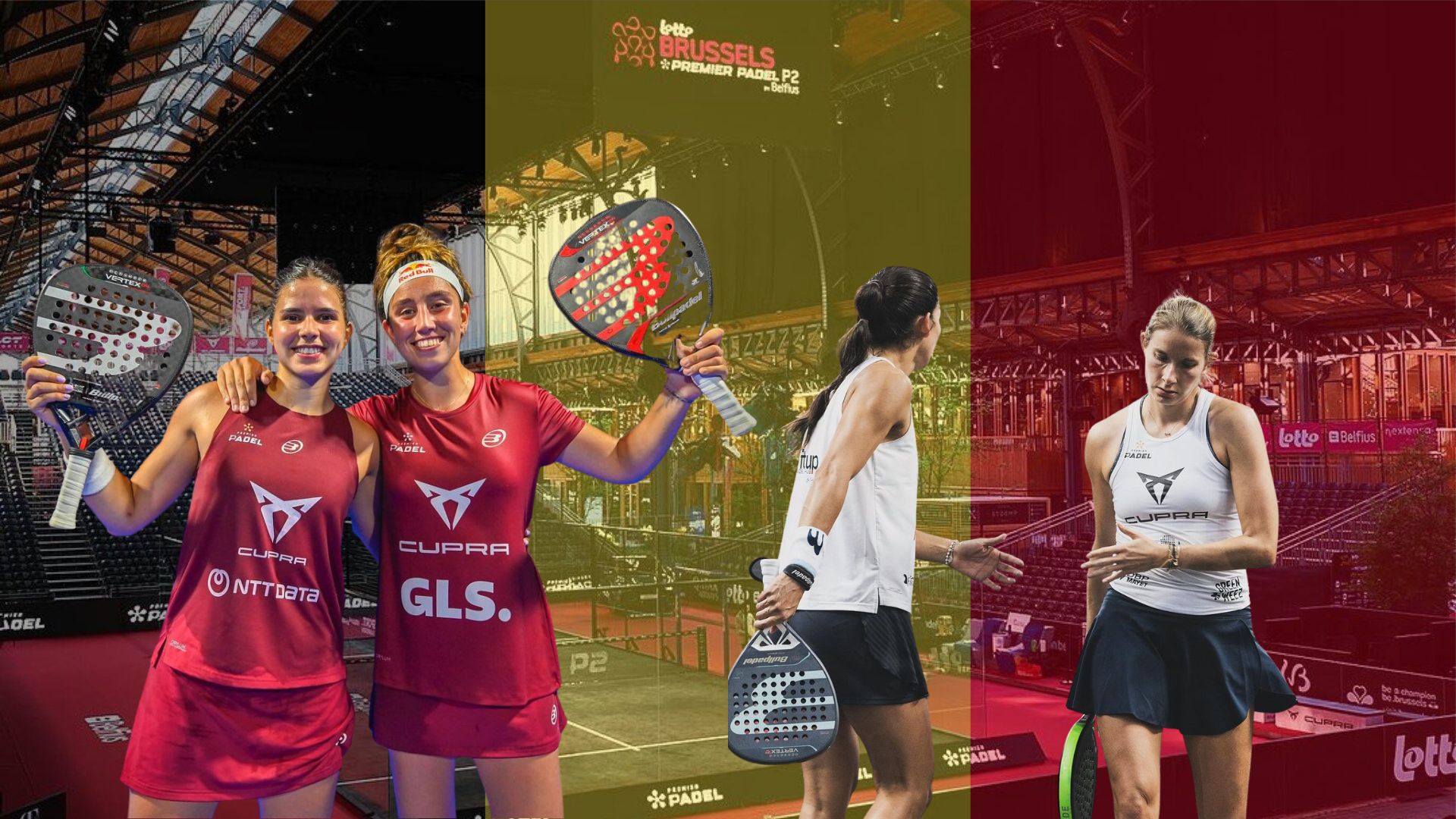 Brussels Premier Padel Brussels P2 – Collombon / Bidahorria falls against Brea / Gonzalez
Brussels Premier Padel Brussels P2 – Collombon / Bidahorria falls against Brea / Gonzalez Padel Score comes to Tahiti for American Express Padel Cup!
Padel Score comes to Tahiti for American Express Padel Cup! Do you know the Rafa Nadal Academy Tour?
Do you know the Rafa Nadal Academy Tour? Play at padel on his yacht? Possible for €233.000!
Play at padel on his yacht? Possible for €233.000! Our Top 10 training courses padel in France and Europe
Our Top 10 training courses padel in France and Europe At the heart of padel – Episode 25: Paul and Andoni answer your questions
At the heart of padel – Episode 25: Paul and Andoni answer your questions Tactical padel – What to do when faced with players who systematically stay at the bottom?
Tactical padel – What to do when faced with players who systematically stay at the bottom? The basic tactics of padel
The basic tactics of padel At the heart of padel – Episode 25: Paul and Andoni answer your questions
At the heart of padel – Episode 25: Paul and Andoni answer your questions At the heart of padel – Episode 23: defend the window well
At the heart of padel – Episode 23: defend the window well Prohibition on playing topless Padel : the reasons
Prohibition on playing topless Padel : the reasons FIP Tour – Going far from Europe, THE strategy to earn points!
FIP Tour – Going far from Europe, THE strategy to earn points! What is a good football player? padel ?
What is a good football player? padel ? “Lefties give me headaches when I play against them!”
“Lefties give me headaches when I play against them!” At the heart of padel – Episode 14: how to earn points in winter?
At the heart of padel – Episode 14: how to earn points in winter? A par 4 is always a winner...even if you manage to defend it!
A par 4 is always a winner...even if you manage to defend it! Carbon fiber VS fiberglass: what to choose?
Carbon fiber VS fiberglass: what to choose? How to effectively test a racket padel ?
How to effectively test a racket padel ? La padel to fight Parkinson's disease
La padel to fight Parkinson's disease Don't play with a cracked or broken racket, your body will thank you!
Don't play with a cracked or broken racket, your body will thank you! Michel Cymes: “The padel, physically, it’s serious!”
Michel Cymes: “The padel, physically, it’s serious!” Jeremy Gala: “Promote the padel among young people in Belgium remains a challenge”
Jeremy Gala: “Promote the padel among young people in Belgium remains a challenge” The French Touch Academy organizes its selection day Padel-Study
The French Touch Academy organizes its selection day Padel-Study Report on the detection and training of younger generations
Report on the detection and training of younger generations